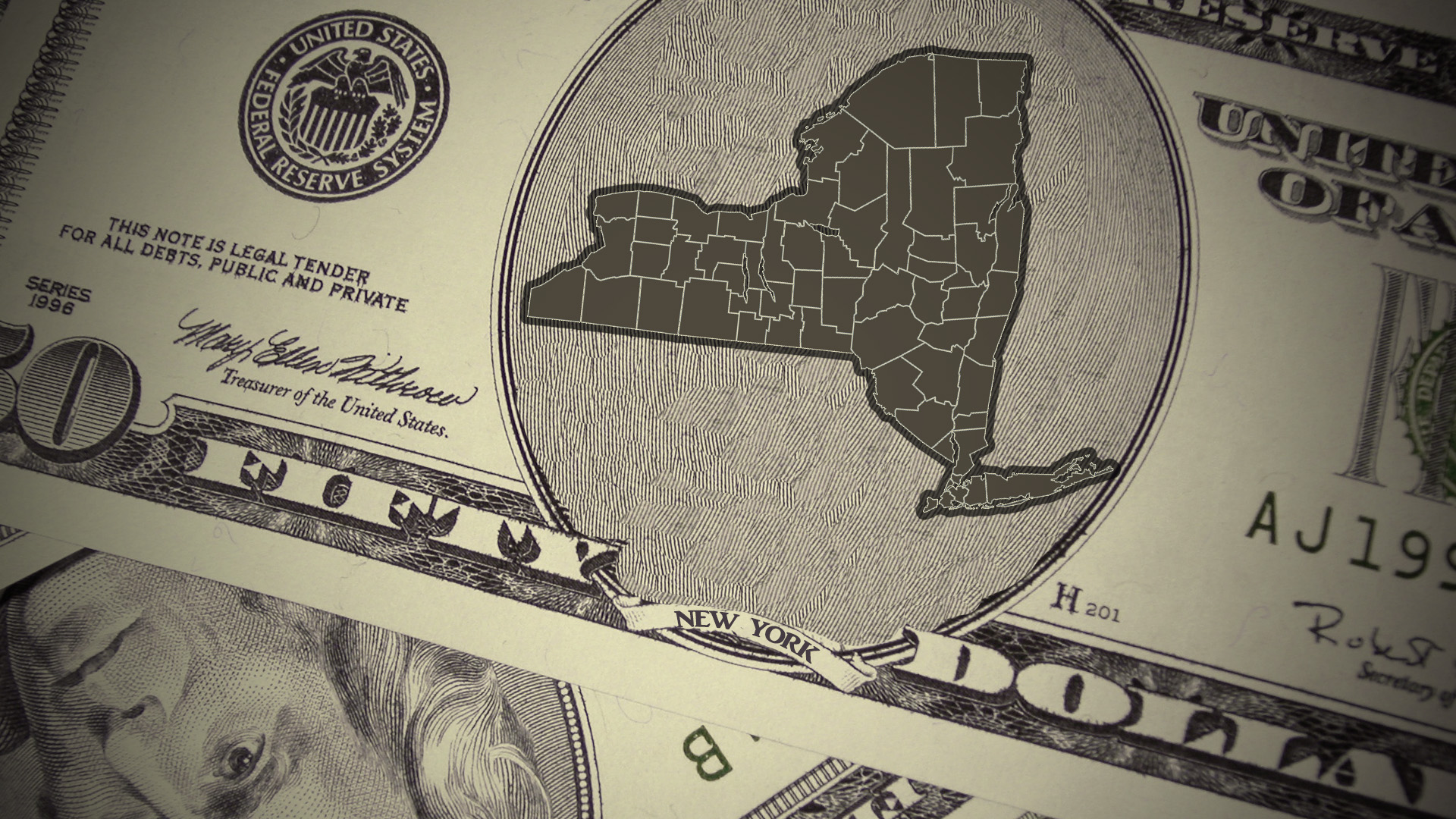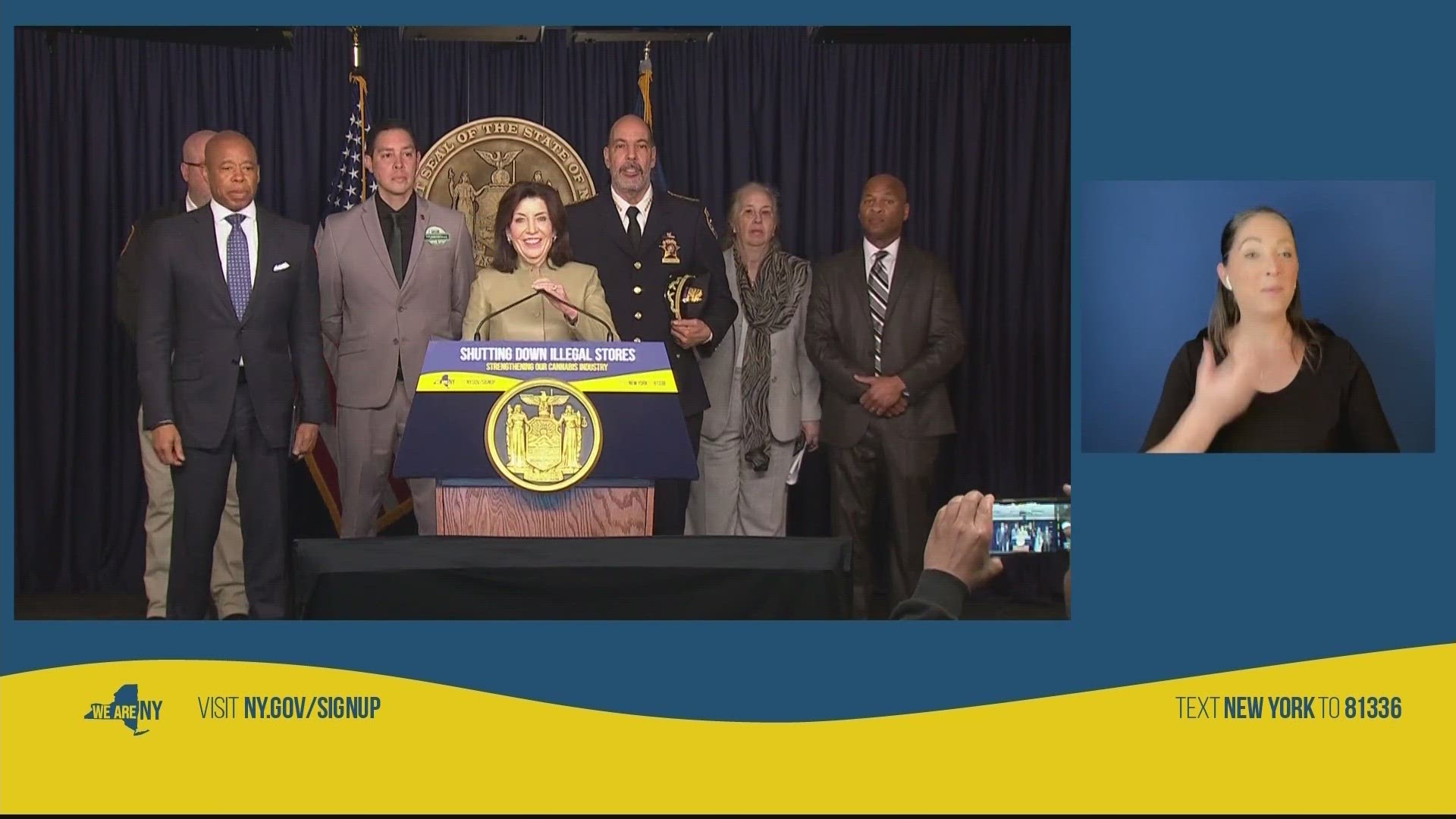ALBANY -- About 58 percent of properties in New York were eligible for a property-tax exemption in 2016, worth a whopping $457 billion.
But that's about 5 percent less than it was a decade ago amid ongoing questions about the impact the exemptions are having on New York's property taxes, which are among the highest in the nation, the report from Comptroller Thomas DiNapoli found.
“Property tax exemptions can be a valuable tool to improve housing affordability or fuel economic growth,” DiNapoli said in a statement.
“Since exemptions result in other taxpayers generally bearing financial responsibility for the offset in tax burden, it is vital that exemptions be carefully considered and periodically reevaluated to determine their effectiveness.”
The $457 billion value of these property tax exemptions is about 30 percent of the total property value in New York of $1.5 trillion.
A series by the USA Today Network in New York in 2016 highlighted the amount of tax-exempt property in the state, pointing to it as a reason why New York homeowners and businesses can be stuck making up the difference.
The exempt land is sizable in communities with major colleges or state facilities.
For example, 78 percent of the property in Romulus, Seneca County, is exempt because of the Five Points Correctional Facility and Willard Drug Treatment Campus there.
In Ithaca, 58 percent of its property is exempt because of Cornell University and Ithaca College, as well as its community college, the report found.
Because Peekskill, Dutchess County, is home to the Charles Point Resource Recovery Facility, 50 percent of its property is tax exempt.
In the town of Ramapo, Rockland County, 21 percent of the land is exempt for religious organizations.
In 2016, there were 2.7 million properties in New York outside of New York City that were eligible for a tax exemption.
The figure included $141 billion that homeowners receive in tax breaks through the STAR program, which provides a rebate on school taxes for income-eligible homeowners.
Other property tax exemptions go to property owned by the government, religious organizations, educational institutions, hospitals and other non-profit organizations, and exemptions for installing renewable energy technology.
In 2016, local governments received $34.7 billion from property taxes and assessments; 39 percent of the revenue of local governments comes from property taxes.
The number of business investment property exemptions has decreased significantly over the last 10 years, DiNapoli's report found.
The number of properties eligible for that exemption decreased by 44 percent.
The report also makes mention of changes to the federal tax law having potentially a significant impact on New York.
A $10,000 cap on state and local tax deductions went into effect on Jan. 1, and DiNapoli said that could have an impact on local finances.


